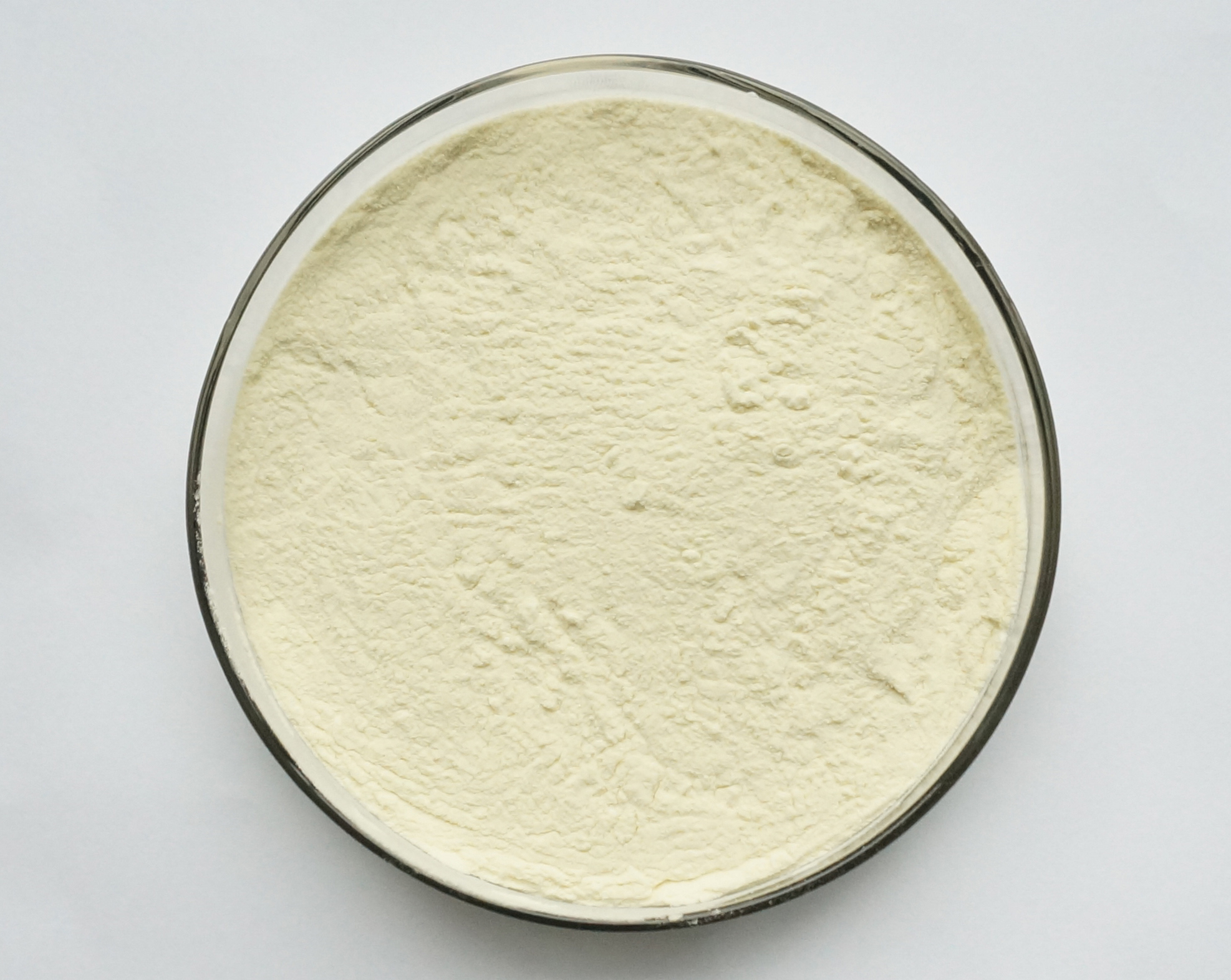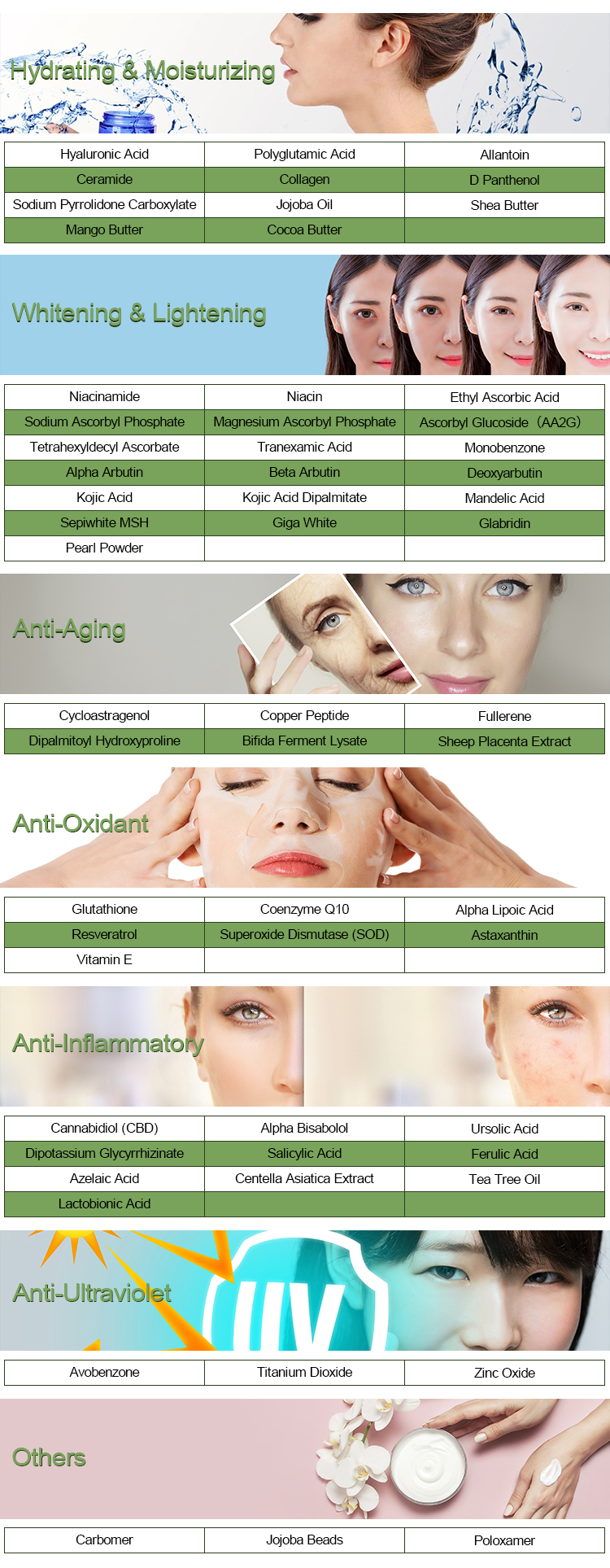Sericin is a protein derived from silk, specifically from the sericin glands of silkworms. It has several potential applications, including in the cosmetics and textile industries. When working with sericin, it’s important to follow specific materials and methods to extract and use it effectively. Here’s a general overview of the materials and methods for working with sericin:
Materials of Sericin:
1.Silkworm Cocoons: Sericin is extracted from silkworm cocoons. You’ll need a supply of cocoons for the extraction process.
2.Distilled Water: High-quality distilled water is used for various stages of sericin extraction and preparation.
3.Enzymes: Enzymes such as proteases are used to break down the sericin protein and facilitate its extraction.
4.Containers: You’ll need containers for soaking the cocoons, mixing solutions, and storing extracted sericin.

5.Heat Source: Depending on the extraction method, you may need a heat source like a water bath or autoclave.
6.Filtering Equipment: To separate sericin from other materials, filtering equipment like sieves or centrifuges can be used.
7.Chemicals: Some processes may require the use of chemicals like alcohol or acids for purification.
Methods of Sericin:
The extraction of sericin involves several steps:
1.Cocoon Preparation:
a. Sort and clean the silkworm cocoons to remove debris.
b. Boil the cocoons in water to soften the sericin and make it easier to extract.
2.Serin Extraction:
a. Soak the softened cocoons in an enzyme solution. The enzymes will break down the sericin protein.
b. Gently agitate or stir the cocoons in the enzyme solution to facilitate the extraction process.
c. Adjust the pH and temperature as needed, following the specific extraction protocol.
d. Extracted sericin can be separated from the cocoons by filtration or centrifugation.
3.Purification:
a. Purify the extracted sericin through processes like dialysis, precipitation, or chromatography, depending on the desired purity.
4.Drying:
a. Dry the purified sericin, typically by freeze-drying or spray-drying.

5.Characterization:
a. Characterize the extracted and purified sericin using techniques like spectroscopy, chromatography, or electrophoresis to confirm its composition and quality.
6.Applications:
a. Utilize the purified sericin in various applications such as cosmetics, textiles, or medical products.
The specific methods for sericin extraction can vary depending on the desired purity and intended application. Researchers and industries may use different variations and techniques to extract and process sericin effectively.
Always ensure that you are working in a controlled and sterile environment, following safety protocols, and adhering to local regulations when working with biological materials like sericin.
